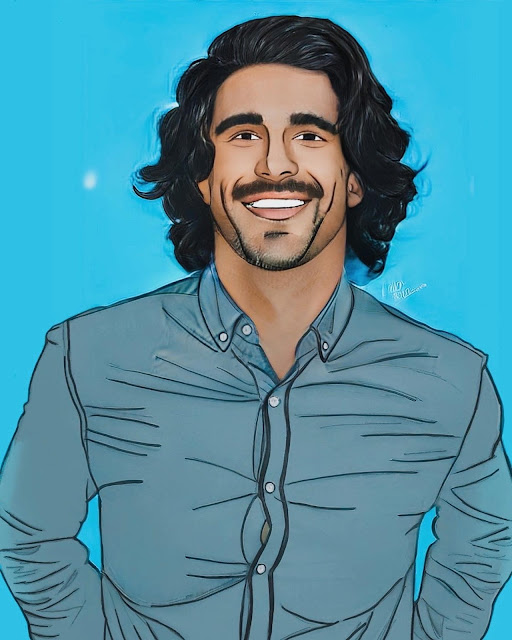Art Dump: Spring 2022 Part 2
Art has long been considered a uniquely human endeavor, a form of creative expression that reflects our thoughts, emotions, and experiences. However, with the advent of artificial intelligence (AI), we are now seeing a new form of art emerge: AI-assisted art.
Another one of my illustrations that I reworked using Photoshop's smart portrait. See the original below.
But what does this mean for the role of the artist in society? Does AI-assisted art threaten to replace human creativity altogether? Or does it offer new opportunities for collaboration and innovation?One argument against AI-assisted art is that it undermines the authenticity and originality of human creativity. Art has traditionally been seen as a reflection of the individual artist's unique vision and perspective. By relying on algorithms to generate art, we risk losing that sense of individuality and personal expression.
However, proponents of AI-assisted art argue that it offers new opportunities for collaboration and innovation. Rather than replacing human creativity, AI can be seen as a tool that enhances it. By working in collaboration with AI, artists can explore new techniques, styles, and forms of expression that they may not have discovered otherwise.
Moreover, AI-assisted art challenges our traditional notions of what art is and what it can be. By breaking down the barriers between the artist and the machine, we are forced to question the very nature of creativity itself. What is the role of the artist in a world where machines can create art that is indistinguishable from human-made art? And what does it mean for the way we think about art and creativity?
In conclusion, AI-assisted art offers both challenges and opportunities for the role of the artist in society. While it may threaten our traditional notions of individuality and personal expression, it also offers new avenues for collaboration and innovation. As we continue to explore the possibilities of AI-assisted art, we must be mindful of the ways in which it shapes our understanding of creativity and the human experience.


Comments
Post a Comment